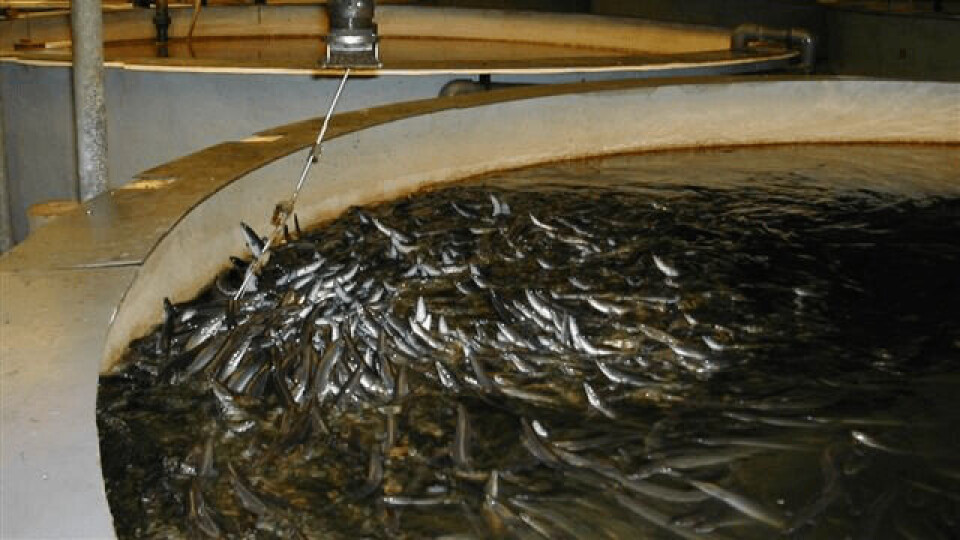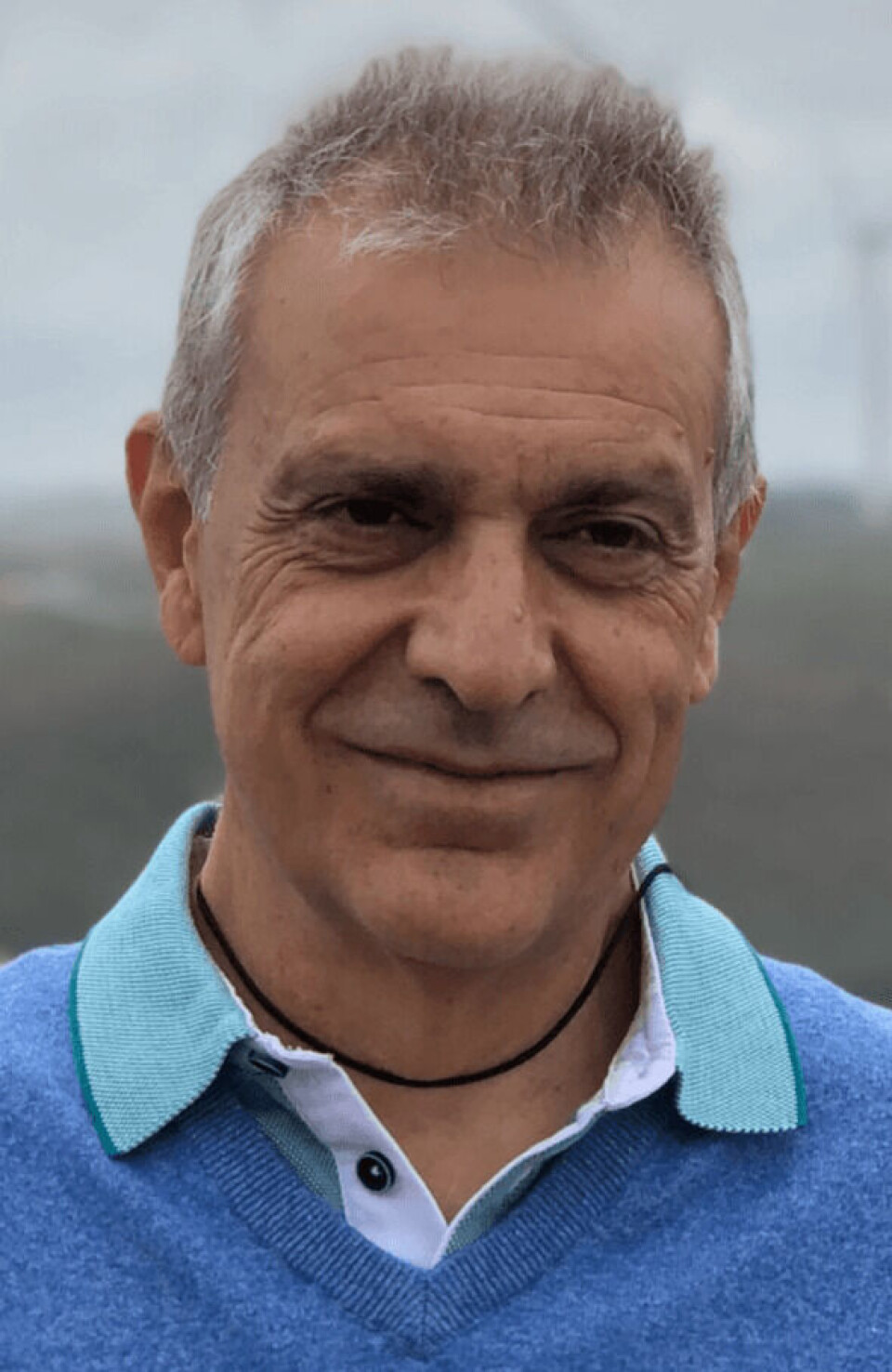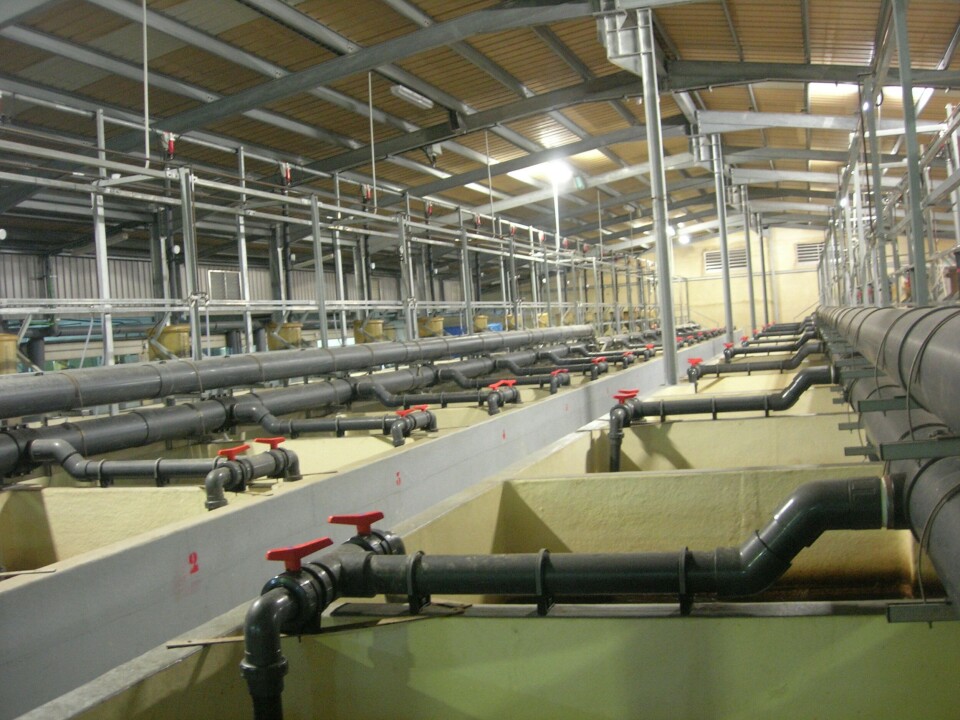
Eel production going swimmingly for 35 years
The rapid increase in the number of recirculating aquaculture systems (RAS) being built or planned around the world might lead observers to think such technology is new.
But that’s far from the case, at least in the world of eel production. Valenciana de Acuicultura (ValAqua), sited in Puzol, north of Valencia, Spain began eel farming in its RAS in 1986 and has been in full operation ever since.
The annual production is 400 tonnes of eels, with an average weight of more than 150 grams. A third goes to the domestic market, while the rest goes to other European Union countries, especially the Netherlands, Italy, France and Portugal.

Supermale tilapia
“We have developed the RAS technology over the years,” said company director Rodolfo Barrera, who added that eels are well-suited to RAS.
Other species have also been produced, in seawater and freshwater, such as sea bream, sea bass, sturgeon, tench, tilapia and arapaima, as well as aquarium fish.
So-called supermale (YY) populations of Nile tilapia are also maintained for breeding. These have been selected by the University of Swansea in Wales through multiple crosses, and have the quality of having two Y chromosomes, so all their offspring will be genetically male.

Fingerlings
When ValAqua acquires wild fingerlings, it must adhere to strict EU requirements. To comply with regulations, several hundred thousand small eels are released each year into waterways where eel populations are reduced.
“We believe in sustainable aquaculture, and we are environmentally conscious,” said Barrera. “We also meet extremely strict requirements for our emissions. A complete water treatment plant is responsible for its purification using activated sludge. All waste is managed according to the environmental compliance programme.”
Oxygen supply is fundamental, and a total of 2,000 metres of new oxygen diffusers from Bio Marine in Surnadal, Norway are now being installed in 200 shallow breeding tanks.
It is difficult to efficiently add oxygen in such conditions, and ValAqua has chosen a diffuser design that has a lot of very small holes per square centimetre.
Fine bubbles
“The small holes provide maximum efficiency generating a multitude of fine bubbles,” said Barrera. “We have seen that the holes do not block over time and the tube maintains flexibility. We have experience with EPDM (an extremely durable synthetic rubber), and we know that neither the eel nor the characteristics of our water spoil this type of material.”
“We have designed a model for this plant that we carefully tested for efficiency and effectiveness before shipping a sample batch,” said Bio Marine’s Nils Hovden.
“After weeks of testing, the diffuser was approved. We see that different species and operating systems each require their own solutions.”






















































